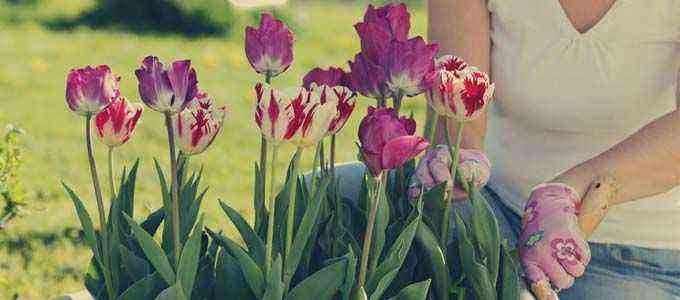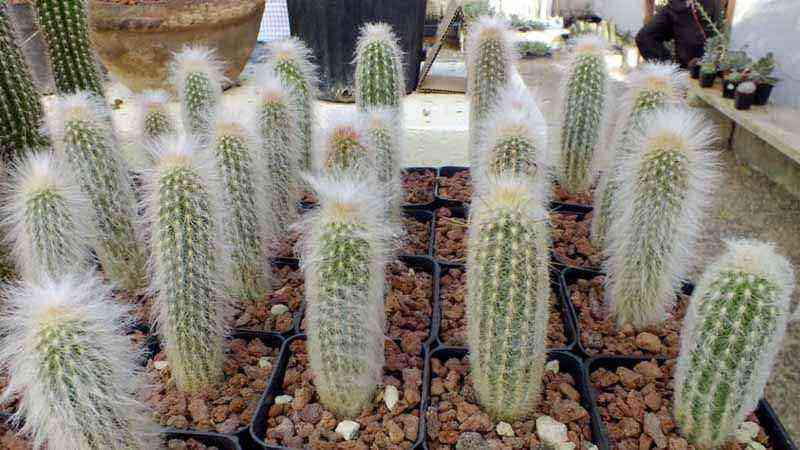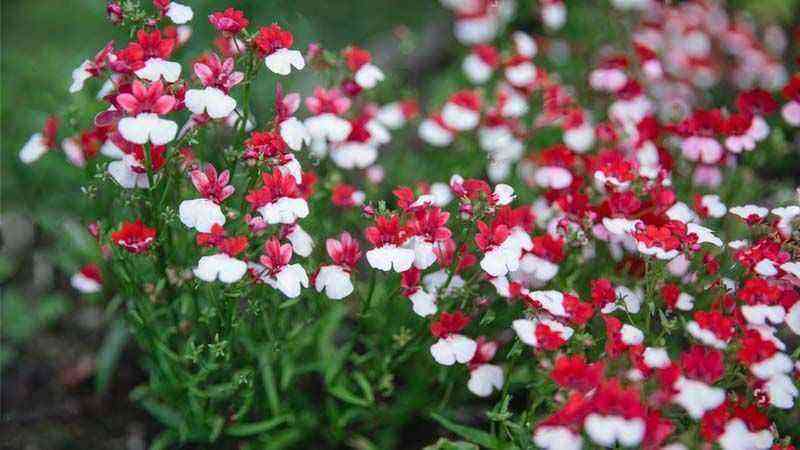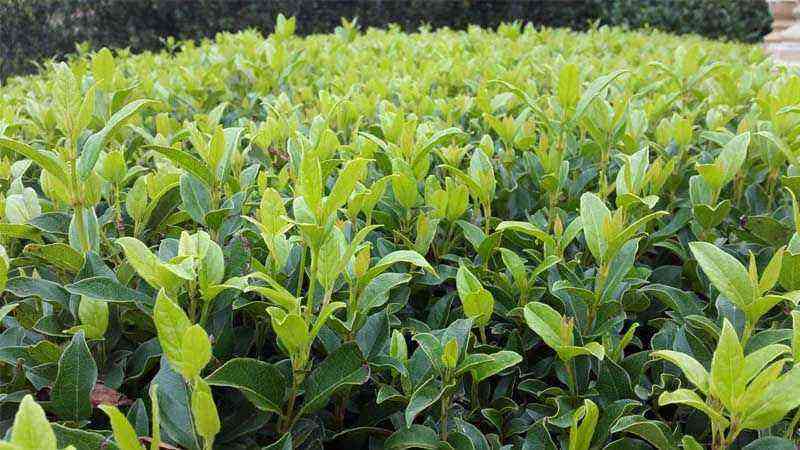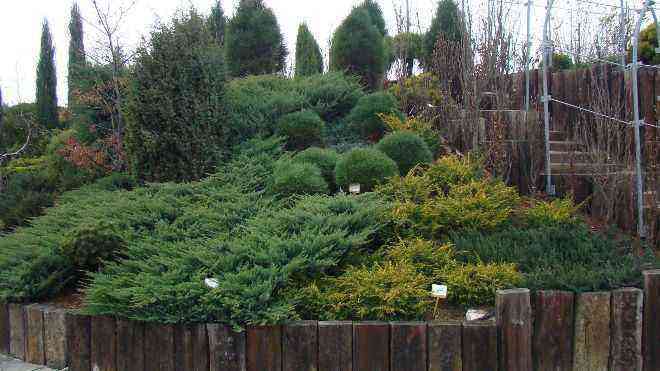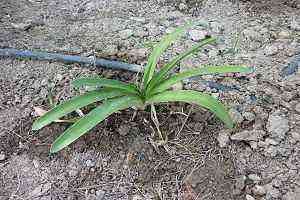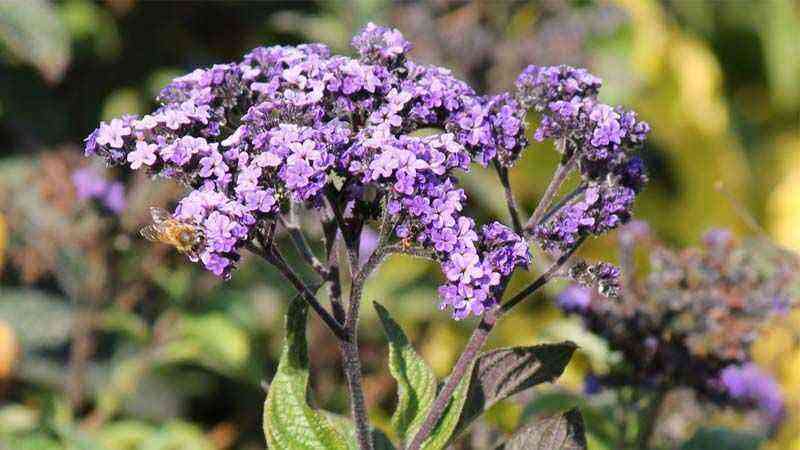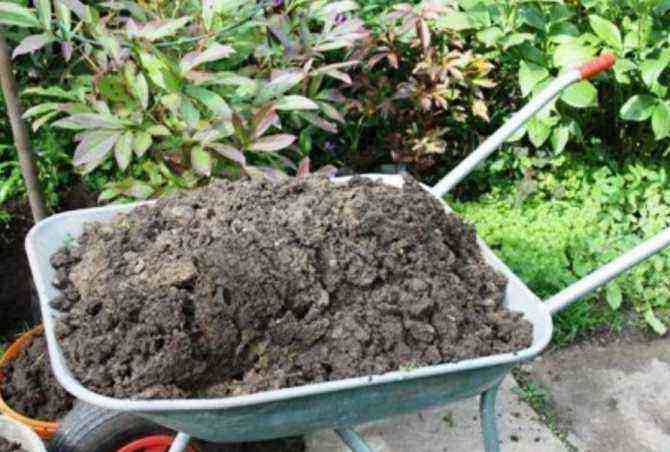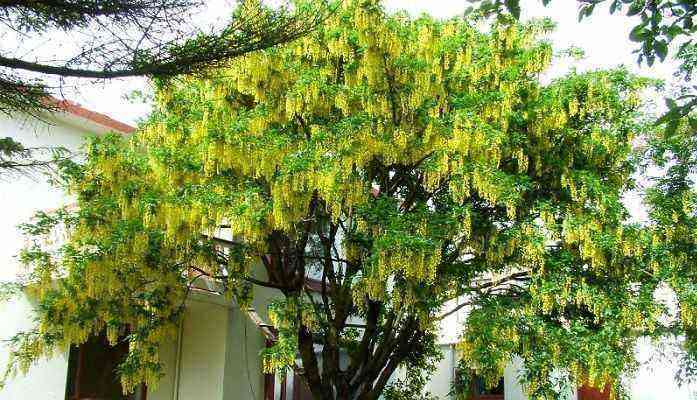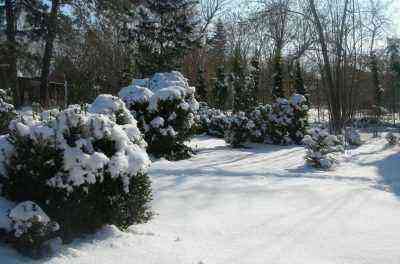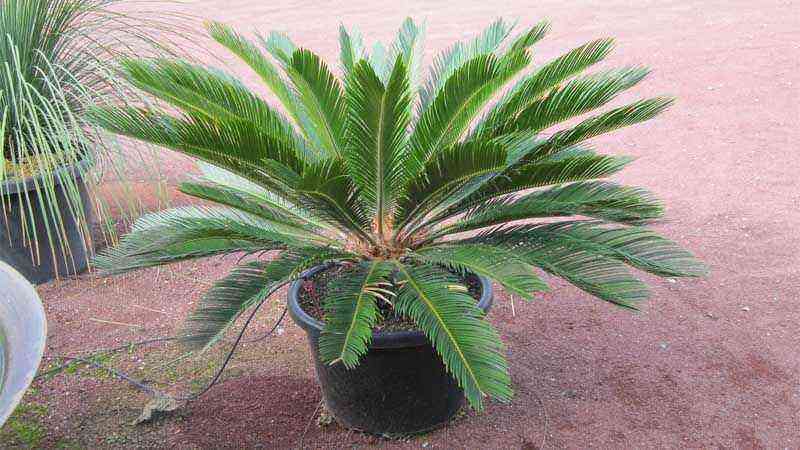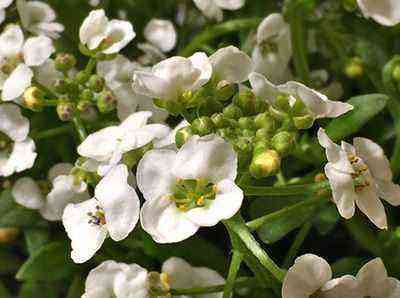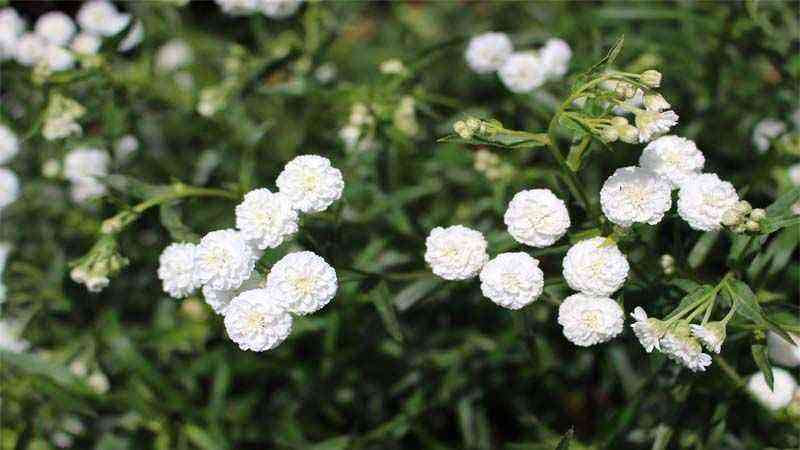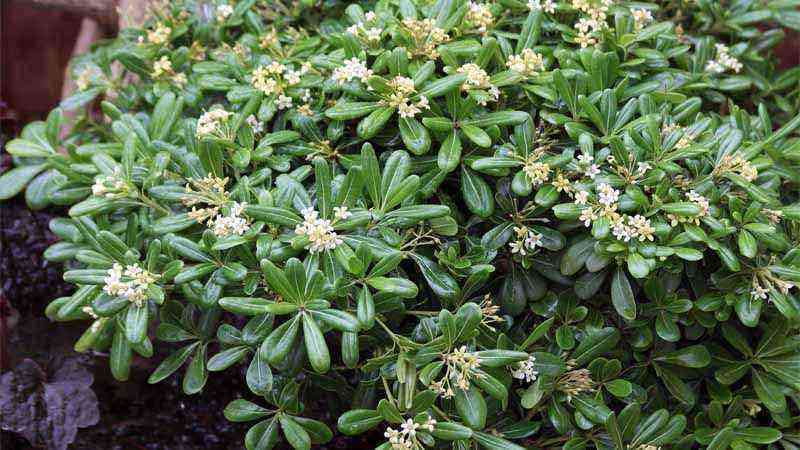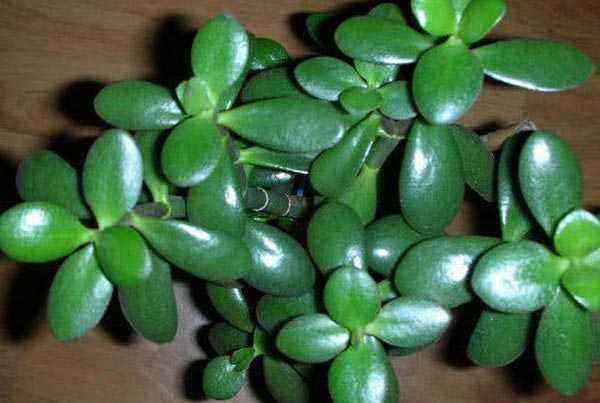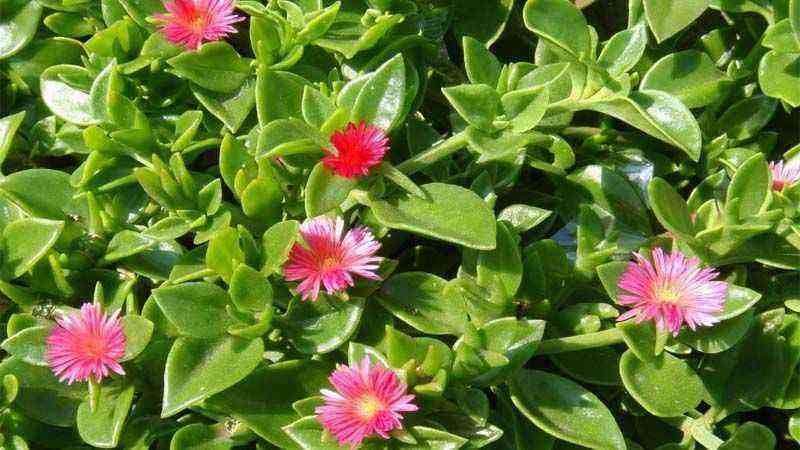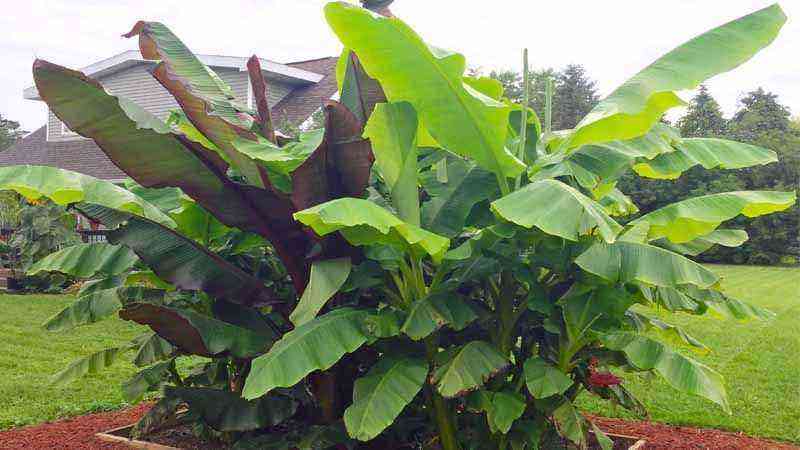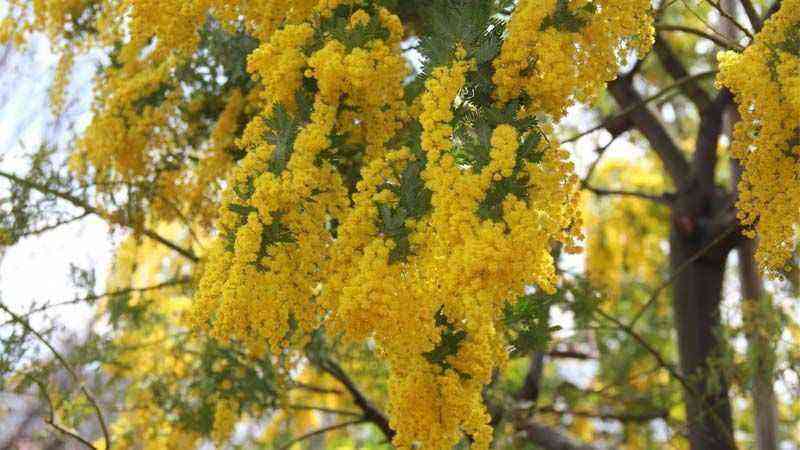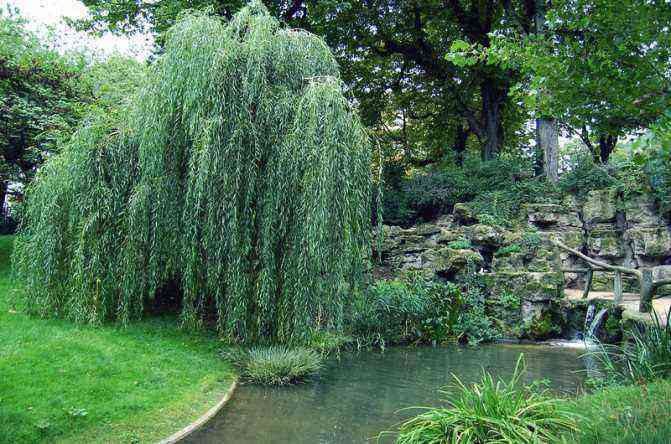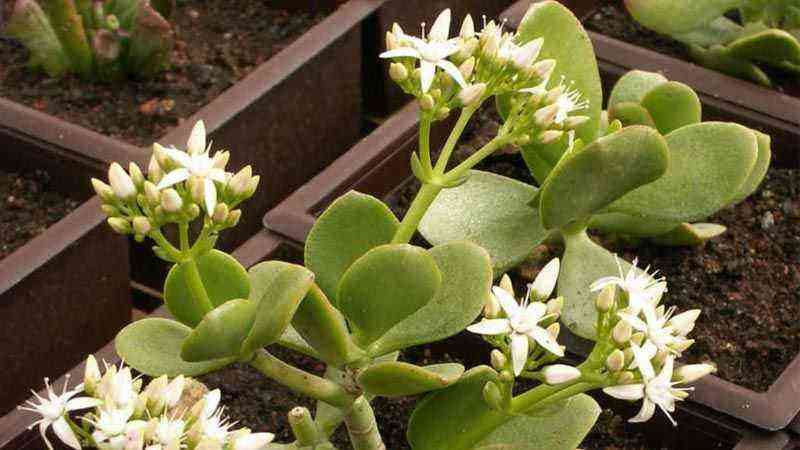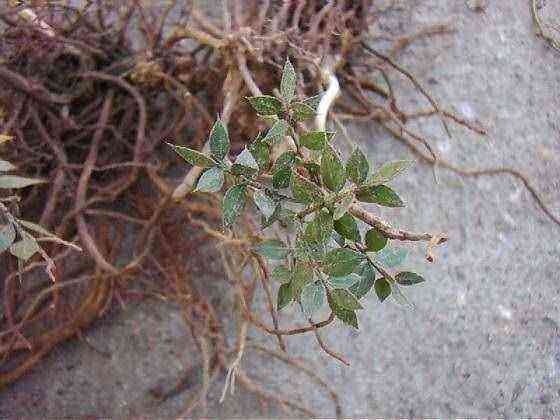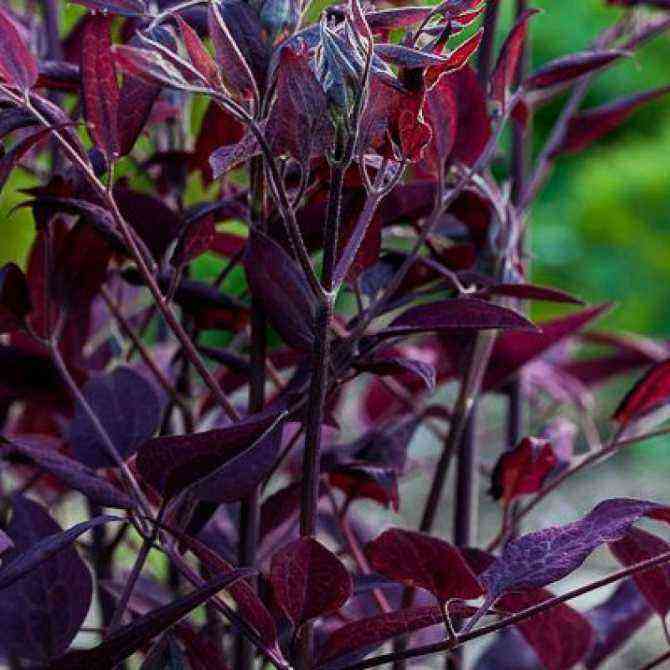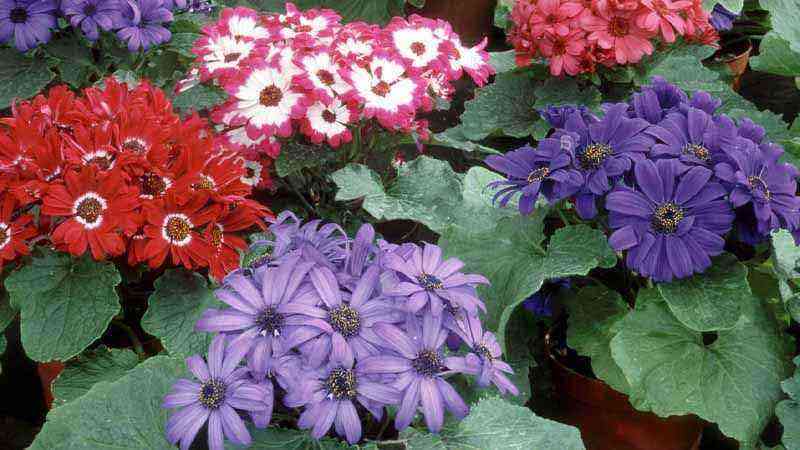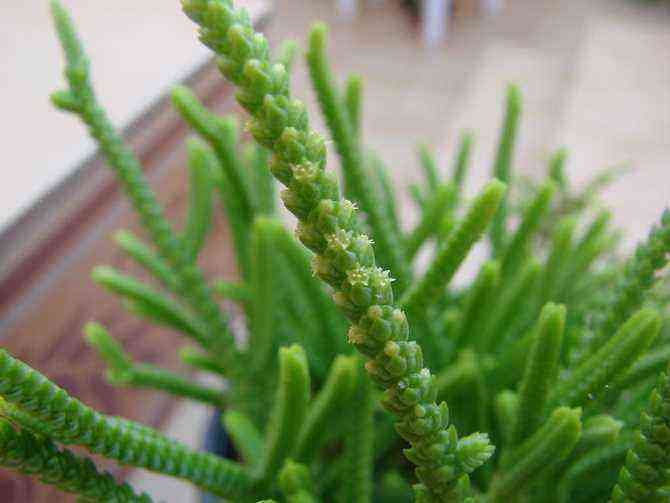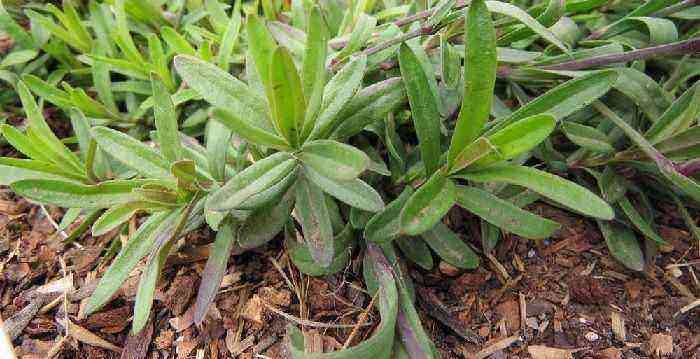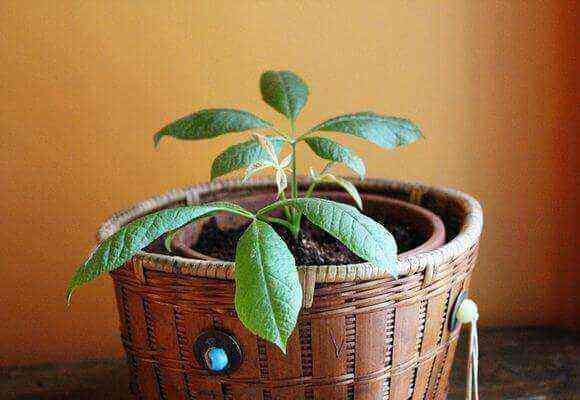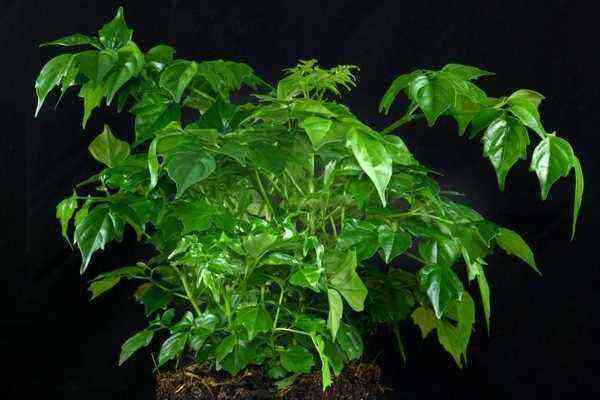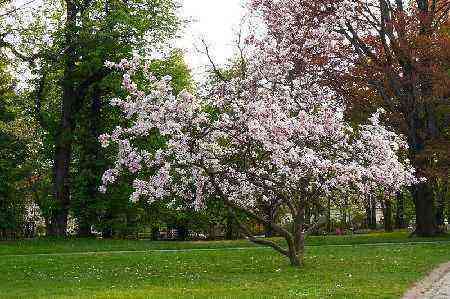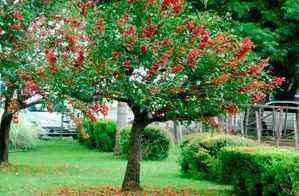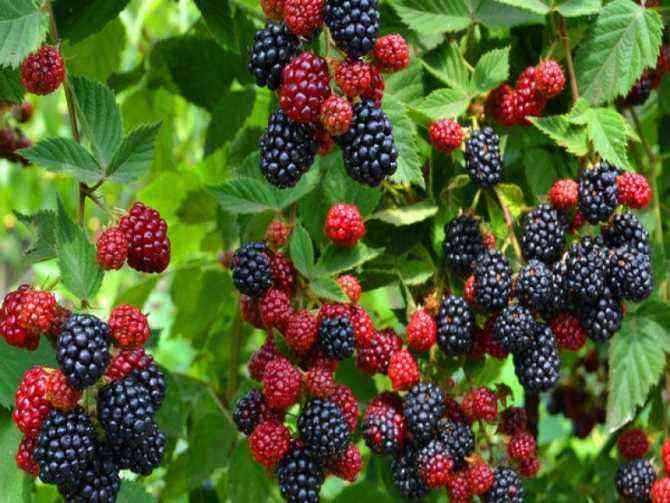We traveled to the Netherlands with the tulip cultivation
El tulip It is the quintessential flower of the Netherlands (87% of world production). However, we only have the intention that you can plant it in your garden, which you will be able to do easily step by step, as we discussed. Today in Agromatic, we learn all about him tulip cultivation.
The tulips are plants bulbous, and for this reason they have special growing conditions (we will see it in the type of soil).
It belongs to the Liliaceae family and originates from Asia. To have tulips in the garden is synonymous with having a variety of colors in the garden. We are not exaggerating.
It has a wide variety of colors that go from light tones such as white or yellow, to darker tones such as lilacs, purples, and black tones… come on, none is going to be repeated.
Growing the tulip is simple. You simply have to take into consideration the type of soil or substrate and the irrigation that is incorporated.
We will see that next.
The arrangement of tulips in the garden
Tulips have an elongated and fine stem, of high bearing that ends with a wide and elongated flower as well.
By this way it indicated is to group tulips or mix them with other bulbous species.
You can plant them between stones on the promenade, in gardens and rose bushes or bushes, near walls, stairs, in flower boxes, etc.
Climatic requirements
The tulip does not make demands regarding light, and its growth will not be affected whether or not it is light.
That is, in shady areas, with low level of lighting they can grow without problems. Refering to temperature, it can handle the cold quite well but it is bad for high heat conditions. What value is high? Well, it is between 13 and 18º C.
It also requires high humidity (70-80%), values that are easier to reach for semi-shaded areas.
If you get direct sunlight in a hot climate, you run the risk of burning the leaves, greatly reducing the humidity of the plant and wilting the flowers.
The soil in tulip cultivation, what substrate mix is ideal?
Being a bulbous species, it requires a soft soil and light, with a high content of organic matter. You can also add a mixture of sand on the substrate, to which we will then add manure or compost.
The pH must be between 6,5 and 7,5. It is a pH that does not require special care.
Simple and only providing a good compost is enough or a bottom fertilizer with the following characteristics: ammonium sulfate, superphosphate and potash sulfate.
How to plant tulips
We have a fairly high range of days to plant. You can start the planting bulbs from mid-summer to early winter. If you have chosen a variety of tall tulips, insert the bulbs to a depth of 15 cm in a 10 cm planting frame.
We already commented in another post about bulbous plants, which when planted, require abundant water during its growth, accompanied by a foliar fertilizer (powder or liquid along with irrigation) to stimulate flowering. T
It is also advisable to reapply a fertilizer to prepare for the following year’s flower output.
Irrigation
As we have said previously, the tulip is a crop that demands humidity. We must provide it through irrigation. Make it frequent and ensure a moist soil at all times, always without causing waterlogging.
Some tulip care and advice
El tulip born of a bulb that we have previously stored from previous years.
We will plant that bulb in autumn, at a depth of between 3 and 4 times the height of the bulb (that can be about 15-20 cm more or less), and placing (as in garlic for example) that the tip faces upwards . At the time of calculate the spacing between bulbs, calculate about 10-15 cm, consider that the stem of the tulip is fine, and the more grouped they are, the more beautiful they are.
Think that you can make any shapes you want with them, for example, a circle of tulips that surrounds a bush, a tree, etc. Calculate how many bulbs you need and form a circle separating each tulip 10 cm. The possibilities are endless!
How to fertilize the tulip correctly
The perfect mix for the tulip subscriber will carry nitrogen, match y potassium. potassium ensures the rigidity of the stems, if you see that they loose, you need to apply a fertilizer with potassium content, which after application you will see how the stem and flower color improve. As you are going to have to loosen the soil periodically, a good way to do it is by periodically incorporating organic or mineral compost.
The multiplication of tulips
When the stems begin to dry, it is time to collect the bulbs, in which some new ones that can be used for the following season are also generated.
For each old bulb between 3 and 5 new bulbs are collected, which we will store in a cool and dry place and plant in the autumn Next, checking that in conservation they do not rot, do not get water or if it is necessary to apply fungicides.
Recover the bulbs for future tulip planting
Once the tulip season is over, you can retrieve the bulbs to save them and plant them for the next time. This saving seems cumbersome but it will depend on the following.
If the climate of the area where you live and grow the tulips is cold, you do have to collect and store them.
But if it is a warm area with mild winters, you can spend that cold season on land without any problem. Don’t forget where you grew them!
Tulip varieties
Mendel: simple flowers, bicolored in some cases, slender stems (40-60 cm). The flowers appear in mid-spring and are planted in groups, in protected areas (walls, between bushes, etc.)
Cottage: late-blooming tulips of various shapes, large, pastel-colored flowers. They have a height between 50 and 80 cm. With this variety, large spaces of concentrated tulips can be formed, especially in sheltered places.
Rembrandt: It is quite an exotic group of tulips for the garden. They have stems between 50-70 cm and are highly appreciated especially for flower arrangements and to mount a good bouquet in a vase at home.
Darwin: They are tall tulips (50-70 cm), with a simple cup, and attractive colors. The best known variety and which produces the largest volume of flowers in this group is the Darwin Hybrid.
Double Late: They are double-flowered tulips with smaller stems than the previous ones (40-60 cm), but they have the condition that they need very sheltered places where they do not get direct cold.
Hybrids: hybrids are the most used by gardeners. In this group there are well-known species such as Tulipa fosteriana, Tulipa greigii y Tulipa kaufmanniana. The kaufmanniana It has large flowers that fan out, with streaked, spotted, or speckled leaves.
We also have in this group species of tulips such as Purple tulip tulip or «Violet Queen», with violet or pink flowers, similar to those of the crocus and small stems of 15 cm, Tulip eichleri, with large, flared flowers, Tulipa clusiana, of yellow and pink colors and Late tulip, with white and yellow flowers and small stems.
There are many varieties of tulips more, although we have only put some of the best known.
